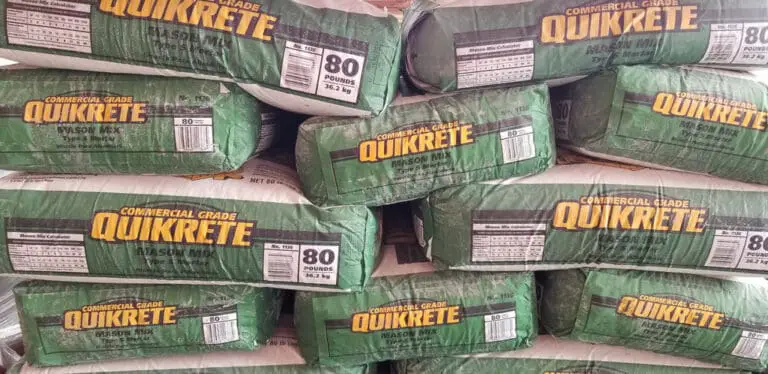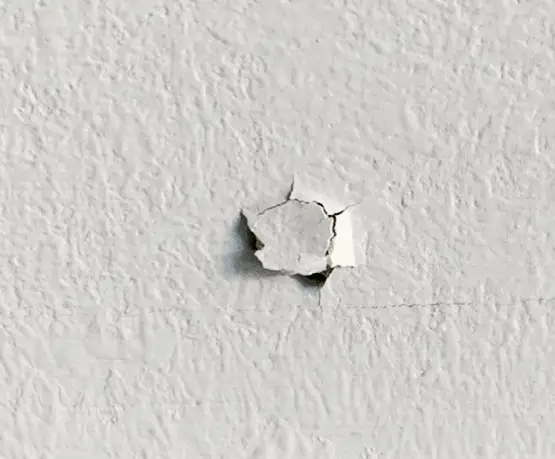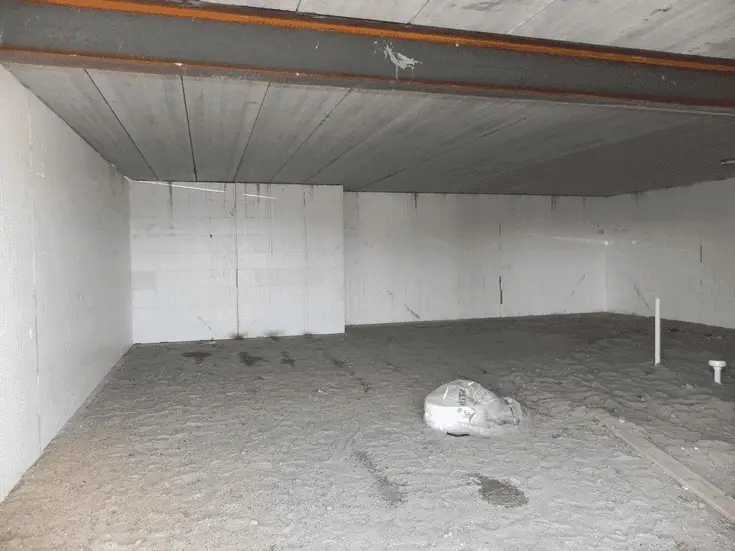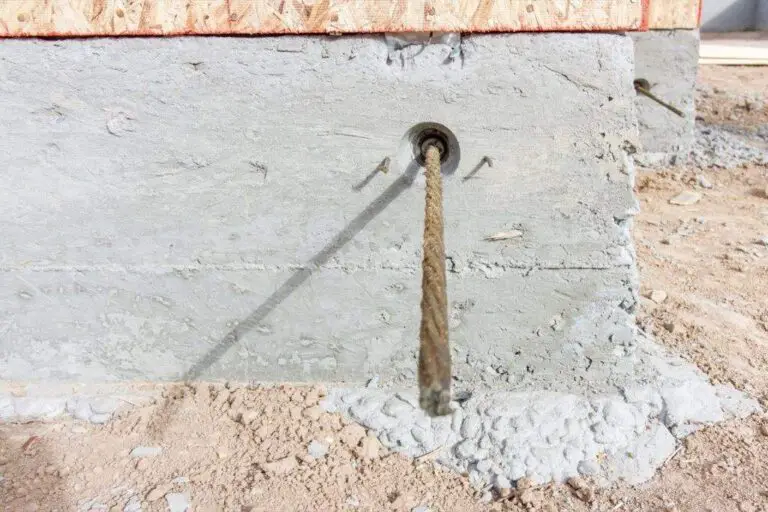What Are Post Tension Cables and What Are They Used For?
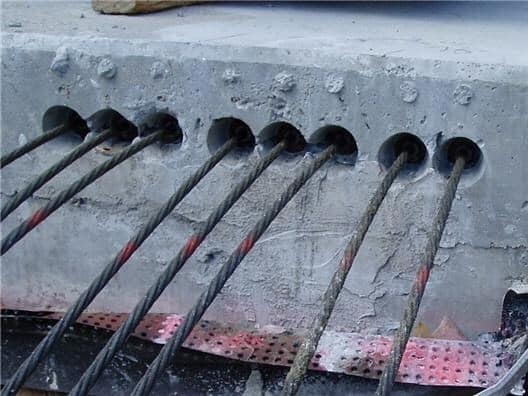
Imagine a world where buildings can defy gravity, bridges can span vast distances, and highways can withstand the test of time. In the realm of construction, a remarkable innovation has emerged, silently reinforcing the very fabric of our modern infrastructure.
Enter post tension cables, the unsung heroes that elevate the strength and durability of our built environment to new heights. You may be wondering, what exactly are post tension cables, and what role do they play in construction? Well, my friend, let’s unravel this captivating tale together.
Post tension cables are like the secret weapons of engineering, meticulously crafted from high-strength steel and hidden within the core of structures. They are a sophisticated network of intertwined strands, encased in a protective sheath, ready to spring into action when called upon.
In this article, we will explore what post tension cables are and how they work. In addition to that, we will explore the applications, and benefits of post tension cables, as well as the design, installation, maintenance, and future trends in this field.
Understanding Post Tension Cables
Post tension cables are high-strength steel strands or bars that are tensioned after the concrete has been cast. Unlike traditional reinforcing bars, which are placed before the concrete is poured, post tension cables are typically installed after the concrete has hardened to a certain degree.
The cables are usually composed of multiple strands or bars that are individually sheathed in plastic or grease to prevent corrosion.
Post-tensioning is a highly specialized and advanced method of reinforcing concrete that is better suited to commercial applications, heavy load-bearing designs, and larger structures for construction.
The process of post tensioning involves the following steps:
- Layout and Design: Engineers analyze the structural requirements and design a layout that determines the number, size, and arrangement of post tension cables within the structure.
- Formwork and Rebar: The formwork is set up, and reinforcing steel, such as rebar, is installed. Rebar helps provide initial strength to the structure, while the post tension cables add additional strength and resilience.
- Cable Installation: Ducts or sleeves are embedded in the concrete during the formwork stage to create a path for the post tension cables. Once the concrete has gained sufficient strength, the cables are threaded through these ducts.
- Tensioning: Special hydraulic jacks are used to apply tension to the post tension cables. The cables are pulled to a specific force, typically measured in kilonewtons, and then anchored to the structure.
- Grouting: After the cables have been tensioned and secured, grout, a cement-based material, is injected into the ducts to encapsulate and protect the post tension cables from corrosion and moisture.
Advantages and Applications of Post Tension Cables
Post tension cables offer several advantages over traditional reinforcement methods, making them a popular choice in many construction projects. Some of the key benefits include:
- Increased Structural Strength: Post tensioning allows for greater load-carrying capacity and improved resistance to bending and cracking. This increased strength enables engineers to design structures with longer spans, thinner slabs, and reduced material usage.
- Flexibility in Design: The use of post tension cables provides more flexibility in architectural design and layout. With the ability to distribute forces and stresses more efficiently, architects can create unique and visually striking structures.
- Enhanced Durability: By applying tension to the cables, post tensioning counteracts the potential effects of shrinkage and creep in the concrete. This helps minimize long-term deformation and increases the lifespan of the structure.
- Reduced Maintenance: Structures constructed using post tension cables require less maintenance over time. The cables’ corrosion protection systems and the improved durability of the structure itself result in fewer repairs and lower maintenance costs.
What Are Post Tension Cables Used For?
Post tension cables have a wide range of applications in various construction projects, thanks to their exceptional strength, flexibility, and durability. Let’s delve into the different ways post tension cables are utilized in the field of construction. Some notable examples include:
| Construction Type | Application of Post Tension Cables |
| Bridges | Bridges often need to span long distances while maintaining structural integrity and minimizing the number of supporting piers. Post tensioning techniques allow engineers to achieve these goals by using post tension cables to reinforce and support the bridge decks. The cables are strategically positioned and tensioned to withstand the anticipated loads, providing the necessary strength and stability. This application of post tension cables has revolutionized bridge design, enabling the construction of iconic cable-stayed and suspension bridges that captivate with their elegance and efficiency. |
| Buildings | In building construction, post tension cables are utilized in a multitude of ways. One common use is in floor slabs. By incorporating post tension cables into floor slabs, engineers can achieve longer spans and reduce the need for additional columns or beams. This creates more open and flexible interior spaces, allowing for versatile floor plans and accommodating modern architectural designs. Post tension cables also reinforce concrete beams and balconies in residential and commercial buildings, enhancing their load-bearing capacity and ensuring structural stability. |
| Stadiums | Stadiums and sports arenas also greatly benefit from the use of post tension cables. These structures require vast, column-free spaces to accommodate large seating arrangements and create an immersive experience for spectators. Post tensioning techniques allow engineers to achieve these expansive spaces by employing cables that support the weight of the roof and withstand dynamic loads during events. This application of post tension cables enables the construction of stadiums that blend functionality with stunning architectural designs, offering optimal viewing experiences for fans. |
| Residential Complexes | Residential complexes, such as high-rise buildings and condominiums, utilize post tension cables to optimize space utilization and structural efficiency. By incorporating post tensioning techniques into the construction of these complexes, longer spans can be achieved, reducing the need for intermediate supports and columns. This flexibility in design allows architects to create visually appealing structures with enhanced functionality and maximized usable space. Post tension cables reinforce slabs, distribute loads efficiently, and contribute to the overall stability and durability of the buildings. |
| Industrial Structures | Industrial structures, such as warehouses and factories, also rely on post tension cables for their construction. These large-scale facilities require robust and durable solutions to withstand heavy loads and resist external forces. Post tensioning techniques enhance the load-bearing capacity of industrial structures, minimizing structural deflection and ensuring the longevity of these critical facilities. By utilizing post tension cables, engineers can create industrial structures that provide a safe and efficient working environment while optimizing space utilization. |
Post Tension Cables Safety and Quality Assurance
Ensuring the safety and quality of post tensioning systems is of paramount importance in construction. It requires meticulous planning, engineering expertise, and adherence to recognized industry standards and best practices. Key aspects of safety and quality assurance include:
- Design and Analysis: Experienced structural engineers carry out detailed design and analysis to determine the appropriate size and layout of post tension cables for each specific project. They consider factors such as expected loads, environmental conditions, and potential risks.
- Material Selection: High-quality materials, including prestressing steel and corrosion protection systems, are selected to ensure the longevity and reliability of the post tensioning system. These materials undergo rigorous testing and comply with industry standards.
- Installation and Tensioning: Skilled technicians follow established procedures to install and tension the post tension cables accurately. Specialized equipment and monitoring techniques are employed to achieve the desired tension levels and to ensure uniform distribution of forces.
- Quality Control and Inspection: Regular inspections and quality control measures are implemented throughout the construction process. This includes assessing the integrity of the cables, verifying grouting effectiveness, and conducting non-destructive testing to detect any potential issues.
- Documentation and Maintenance: Comprehensive documentation of the post tensioning system, including as-built drawings and records of tensioning forces, is maintained for future reference. Regular maintenance and inspections are carried out to monitor the condition of the cables and address any maintenance needs promptly.
The Lifespan of Post Tension Cable
The lifespan of post tension cables is an important aspect to consider when evaluating their overall performance and cost-effectiveness. While post-tensioned slabs have shown impressive strength and durability, it is worth noting that their lifespan may be slightly shorter compared to conventional concrete and rebar foundations.
A typical post-tensioned slab can last around 15 to 20 years, which is slightly less than the lifespan of a conventional slab, which ranges from 20 to 30 years. However, it is essential to understand that these lifespan estimates can vary depending on various factors, including the quality of materials, design considerations, environmental conditions, and maintenance practices.
One of the reasons for the slightly shorter lifespan of post-tensioned slabs can be attributed to the complexity of their construction.
The installation process of post-tensioned slabs involves specialized techniques and careful attention to detail. If any mistakes occur during the installation, such as inadequate tensioning or improper grouting, it can compromise the overall integrity and lifespan of the cables.
Another factor that can influence the lifespan of post tension cables is their exposure to external elements and environmental conditions. Post-tensioned slabs located in areas with high humidity, corrosive environments, or significant temperature fluctuations may experience accelerated degradation and a reduced lifespan if proper corrosion protection measures are not in place.
Conclusion
In conclusion, post tension cables are a remarkable innovation in the field of construction. These high-strength steel strands or bars, tensioned after the concrete has been cast, provide enhanced structural strength, flexibility in design, and increased durability.
With their wide range of applications, post tension cables have revolutionized the construction industry, enabling the creation of iconic bridges, spacious buildings, impressive stadiums, and efficient industrial structures.
As the construction industry continues to evolve, post tension cables will undoubtedly play a crucial role in shaping the future of infrastructure. Their innovative techniques and remarkable capabilities push the boundaries of what can be achieved in terms of structural integrity, design aesthetics, and cost-effective construction.
By understanding the uses and benefits of post tension cables, architects, engineers, and construction professionals can harness their power to create remarkable structures that stand the test of time.


